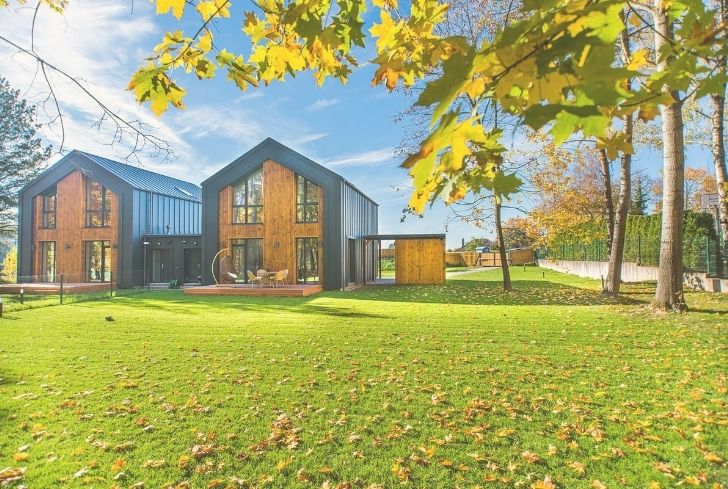The growing movement of environmental consciousness and zero waste is inspiring individuals and businesses here to adopt sustainable practices and reduce their impact on the planet. On this front, the concept of a passive house in Australia is gaining popularity as more homeowners seek to reduce their carbon footprint and energy bills while enjoying a comfortable living space. Passive homes are energy-efficient housing that uses smart design and insulation techniques to maintain a comfortable indoor temperature without the need for active heating or cooling systems.
Building an energy-efficient home can seem daunting, especially if you work within a tight budget. However, implementing the right strategies can create an energy-efficient home that reduces your environmental footprint and saves you money on energy bills in the long run. Here are eight steps to consider when constructing an energy-efficient and affordable home.
Start with a good building plan.
The foundation of any energy-efficient home is a good building plan. A well-designed plan considers the local climate, the home’s orientation, and the materials used. An architect or designer specialising in energy-efficient homes can help you create a plan that optimises energy efficiency while staying within your budget.
Choose energy-efficient materials.
Selecting energy-efficient materials is crucial to building an energy-efficient home. Energy-efficient materials are designed to minimise heat transfer, which helps keep your home cool in the summer and warm in the winter. Some energy-efficient materials include insulated concrete forms, structural insulated panels, and insulated vinyl siding. These materials are energy-efficient and cost-effective, making them an ideal choice for budget-conscious homeowners.
Insulate your home properly.
Proper insulation is another essential component of an energy-efficient home. Insulation helps prevent heat loss in the winter and heat gain in the summer, reducing the energy needed to regulate your home’s temperature. High-quality insulation, such as spray foam insulation, can be expensive upfront but pays for itself in the long run through energy savings.
Optimise your home’s orientation.
The orientation of your home can also affect its energy efficiency. Ideally, your home should be oriented to capture the sun’s warmth during the winter and shade during the summer. Optimising your home’s orientation can reduce the energy needed to heat and cool your home, lowering energy bills.
Consider using renewable energy sources.
Renewable energy sources, such as solar panels and wind turbines, can significantly reduce your home’s energy consumption. While installing renewable energy sources may be expensive, they can ultimately pay for themselves through energy savings. Some states and local governments also offer tax incentives or rebates for homeowners who invest in renewable energy sources.
Install energy-efficient windows and doors.
Windows and doors are significant sources of heat loss and gain in a home. Installing energy-efficient windows and doors can significantly reduce energy bills by minimising heat transfer. Look for windows and doors that are Energy Star certified, which means they meet energy efficiency standards set by the U.S. Environmental Protection Agency.
Utilise smart home technology.
Smart home technology can help you optimise your home’s energy usage by automatically adjusting your thermostat, lighting, and other appliances based on your habits and preferences. Smart home technology can also help you monitor your energy usage, so you can identify areas where you can reduce energy consumption.
Regularly maintain and monitor your home’s energy usage.
Finally, it’s essential to regularly maintain and monitor your home’s energy usage to ensure it remains energy-efficient. This includes sealing air leaks, replacing air filters, and monitoring energy bills. Regular maintenance and monitoring can help you identify areas where you can improve to reduce energy consumption and save money on energy bills.
In conclusion, building an energy-efficient and affordable home requires careful planning and consideration. By following these eight steps, you can create a passive house in Australia that reduces your environmental impact and saves you money in the long run. Energy-efficient homes are not only good for the environment and your wallet, but they also offer improved comfort and health benefits.
- How to Prepare for a Cyber Security Job Interview - June 15, 2023
- Unblocked Games: Unlocking Fun and Learning Without Restrictions - June 14, 2023
- The 10 Principles of Insider Risk Management - June 14, 2023

